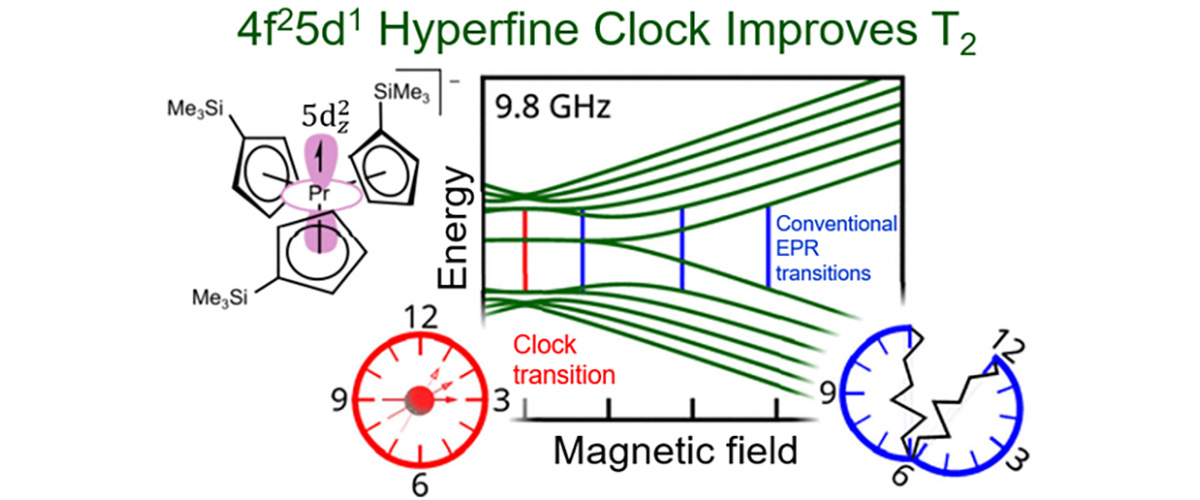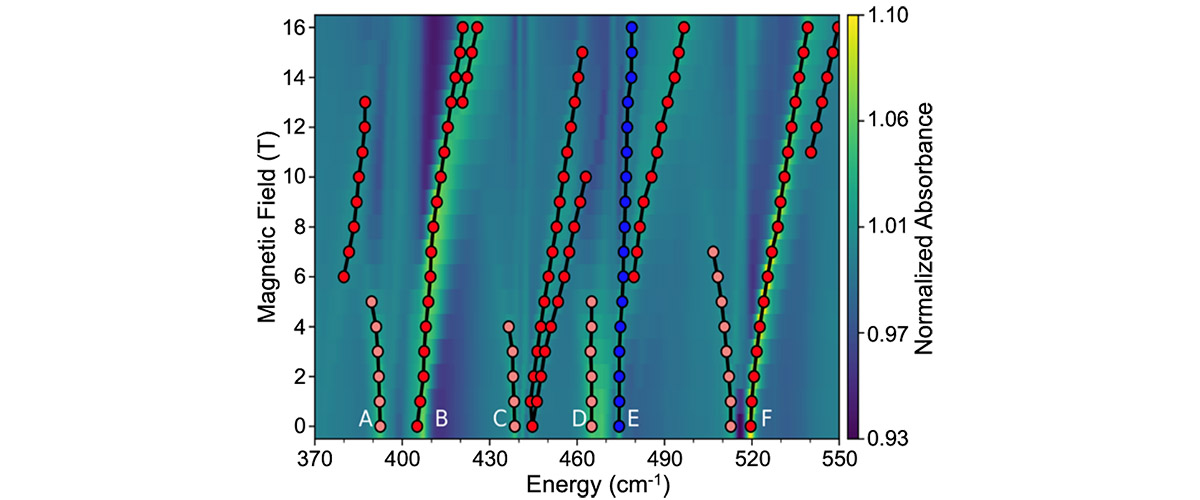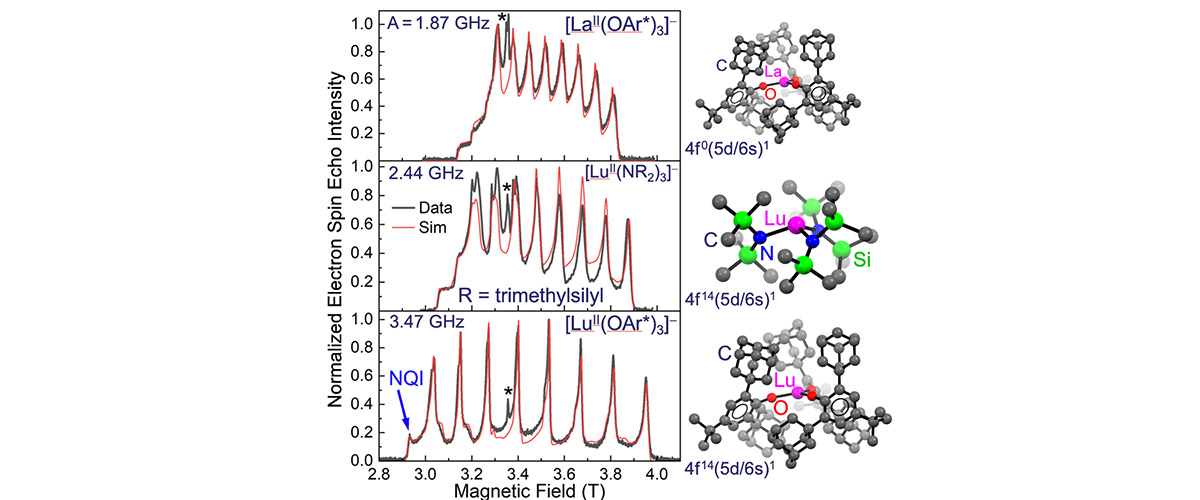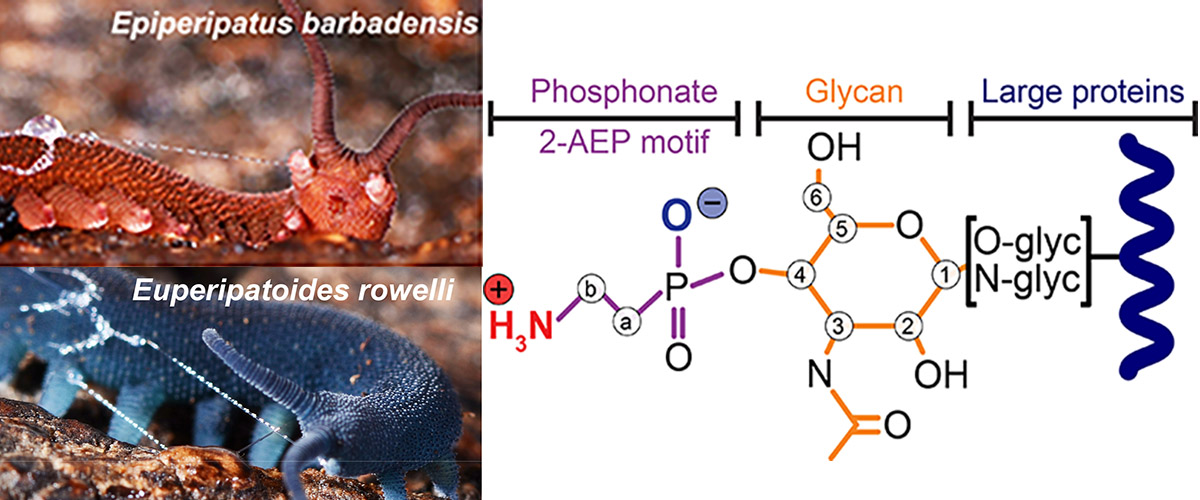What did scientists discover?
In its 2+ oxidation state, the lutetium ion (LuII) has a filled (non-magnetic) f-shell and a single unpaired (magnetic) electron in the 5d shell. Previous research at the MagLab showed that it's possible to design molecules with a LuII ion where the unpaired electron is protected from harmful magnetic noise, creating a prototype molecular spin qubit with better stability. This new investigation applies the same approach to other lanthanides like PrII, which also has a single unpaired electron in the 5d shell, while its two unpaired f-electrons are non-magnetic.
Why is this important?
This new approach to designing molecular spin qubits with improved stability allows scientists to explore more elements in the periodic table. This opens up possibilities for creating molecular systems with extra features, like optical activity and unique nuclear properties, which differ between elements and isotopes. This will enable the development of future molecular qubits with more advanced quantum capabilities.
Who did the research?
Patrick W. Smith1, Jakub Hrubý2, William J. Evans3, Stephen Hill2,4, Stefan G. Minasian1
1Lawrence Berkeley National Lab; 2National MagLab – Tallahassee; 3University of California – Irvine; 4Florida State University, Physics
Why did they need the MagLab?
Initial low-field EPR studies of the [K(crypt)]+[Cp_3^′PrII]- complex produced complicated spectra that were difficult to interpret due to many magnetic variables of the PrII ion. In contrast, the high-field EPR spectra obtained at the MagLab were much clearer and easier to analyze. Although the spin coherence of PrII wasn't better at high fields, the analysis helped identify a "clock transition" at low magnetic fields, where the coherence properties significantly improved. A "clock transition" is a specific point in an atomic or molecular system where the energy levels become less sensitive to external disturbances, such as magnetic field fluctuations.
Details for scientists
- View or download the expert-level Science Highlight, High-Field EPR Identification of a Spin Clock Transition in the [Cp′3PrII]– Qubit with a 4f25d1 Configuration
- Read the full-length publication, Identification of an X-band Clock Transition in Cp′3Pr - Enabled by a 4f25d1 Configuration, in Journal of the American Chemical Society
Funding
This research was funded by the following grants: K. M. Amm (NSF DMR-2128556); W. J. Evans (NSF CHE-2154255); S. G. Minasian (DOE BES DE-AC02-05CH11231)
For more information, contact Stephen Hill.






